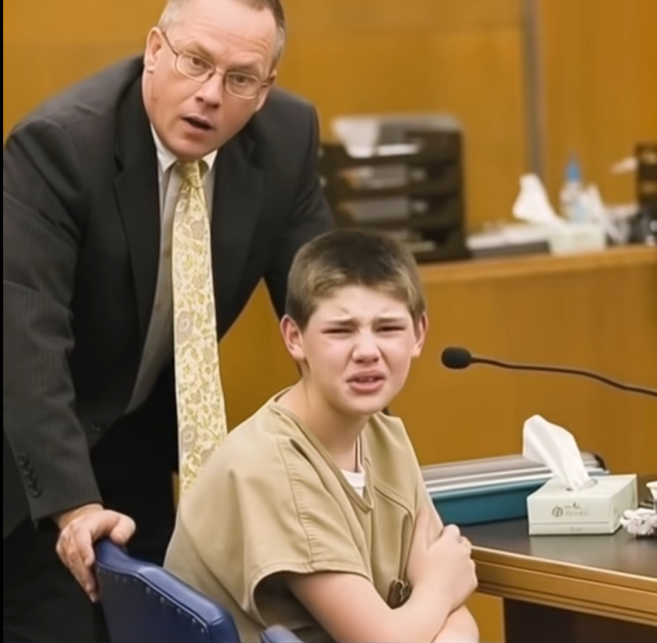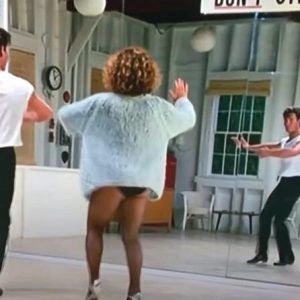Viral Courtroom Moment Sparks Debate Over Justice and Juvenile Sentencing
A shocking courtroom moment has gone viral, igniting fierce debate across social media over what justice really means — especially when it comes to teens.
It all started in a Cook County courtroom, where a 15-year-old boy made headlines after challenging the court’s decision on who should have custody of him. The teen had previously been abused by his parents, so the judge awarded custody to his aunt in line with child welfare guidelines that favor keeping children with family whenever possible.
But what happened next stunned everyone: the boy stood up in court and insisted his aunt beat him even more than his parents. He refused to live with her. When the judge then suggested placing him with his grandparents, the boy broke down and said they too had a history of abuse.
After reviewing all remaining family options and hearing about a pattern of violence throughout the household, the judge took an extraordinary step — allowing the boy to suggest where he’d feel safest.

After two breaks to consult with legal experts and child welfare officials, the courtroom burst into laughter when the teen requested custody be granted to the New York Knicks, explaining that he felt confident they “couldn’t beat anyone.” The judge, impressed by the boy’s wit and desperate for a safe solution, granted temporary custody as a symbolic gesture.
While this moment was lighthearted, another courtroom case in the same region is stirring a very different conversation.
In a separate, emotionally intense trial, a teen defendant was sentenced to a jaw-dropping 985 years in prison. The sentence — among the longest ever given to a juvenile — left the courtroom stunned. The teen faced multiple serious charges related to violent crimes that had shaken the community.

The case has split public opinion. Some feel the punishment fits the crime, while others argue that locking up a minor for life with no chance of rehabilitation goes too far. Online, the case has sparked a wave of discussion around justice, redemption, and whether young people should ever be considered beyond saving.
Both cases — one tragic, one absurd — underscore the complexity of juvenile justice and just how much weight a courtroom decision can carry.





